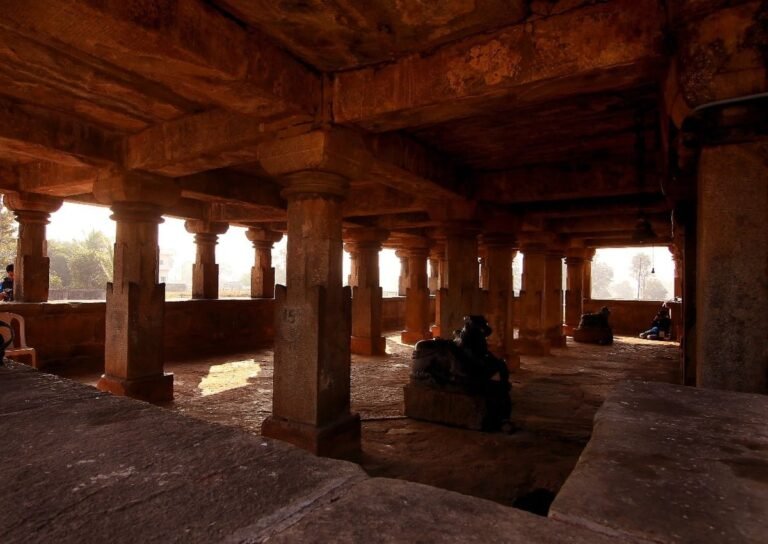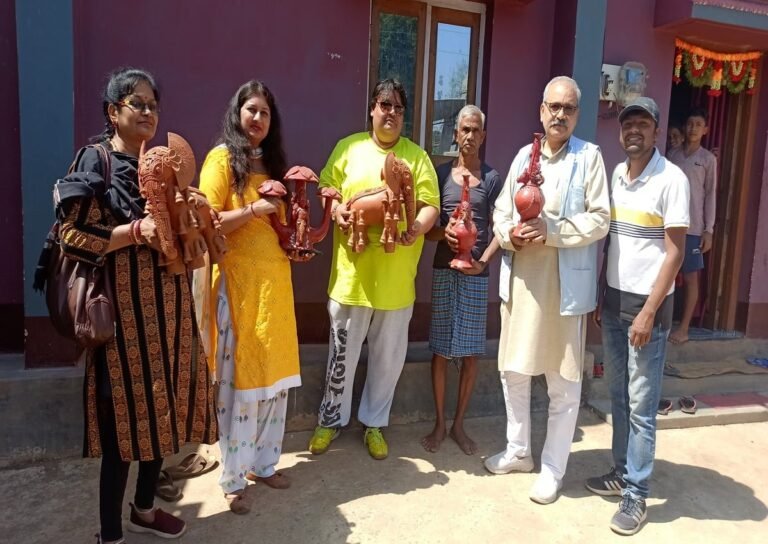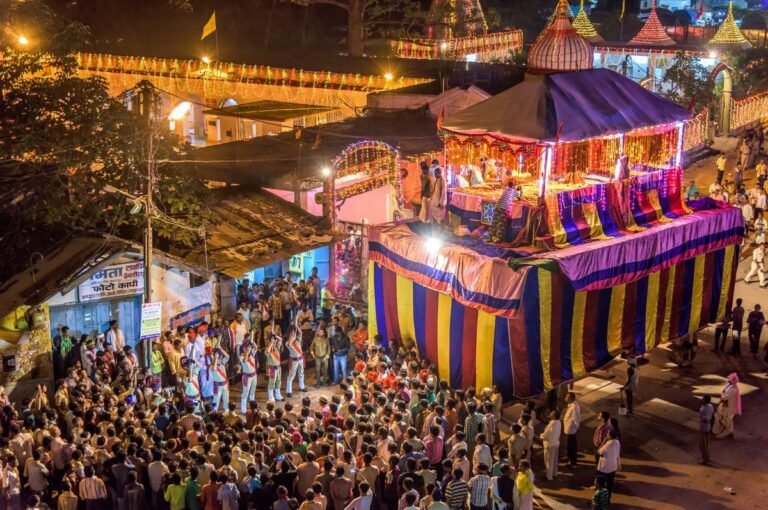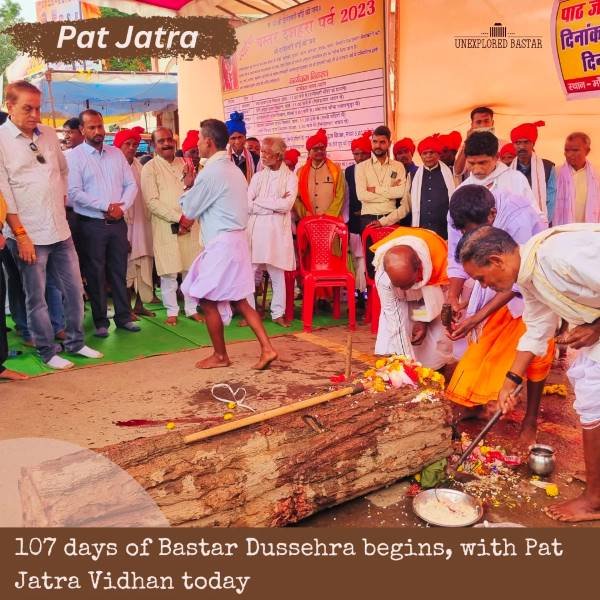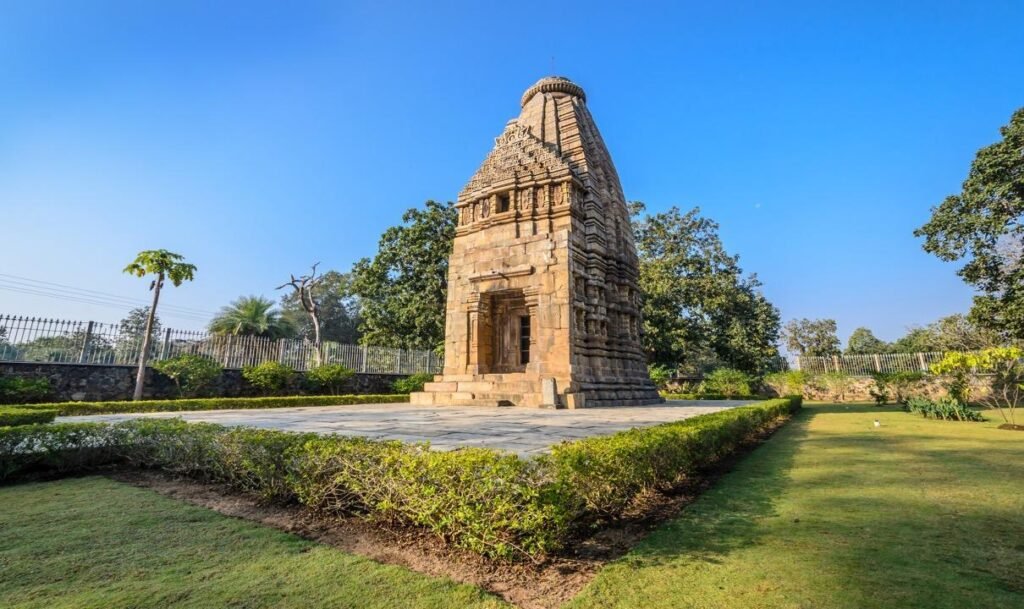Goncha Festival – The Chariot and Tupki Festival | Unexplored Bastar
Blog by B.Bindu
GONCHA FESTIVAL OF CHHATTISGARH
Festivals are the times when we get to celebrate our culture and mythological legacy. Many folklores prevailing in Chhattisgarh give an insight into the rich cultural heritage and the saga of great kings of ancient times. Bastar is widely known for Bastar Dussehra the longest festival of the world that lasts for 75 days. Bastar Dussehra and chariot procession are interlinked with each other, having no connection to Lord Rama and Ravana.
But Bastar Dussehra is preceded by an obscure festival called Goncha. Bastar is tribal land, every festival is intertwined to elements of nature. Here, 13 festivals are celebrated in the duration of 12 months and Goncha is the 13th festival. Last Monsoon, my share of the first-hand experience of Goncha festival at Bastar, Chhattisgarh, led me to understand more properly the tribal culture over here and it also aroused a deep interest in the ethnographic diversity.
History of Goncha festival
Celebrated from over 610 years, Goncha and the chariot procession of Bastar was started by the rulers of Chalukya dynasty. In 1408c, Maharaja Purushottam Dev of Bastar visited Jagannathpuri at Odisha. Rathayatra (chariot procession) of Odisha is known as ‘Gundicha’, which over time got converted to ‘Goncha’ in Bastar, Chhattisgarh. The king of Odisha gifted Maharaja Purushottam Dev, a 16-wheeled chariot, and gave him the title of ‘Rathadhipati’. With the chariot, 360 Aranyak Brahmin families from Odisha came to Bastar under the homage of Maharaja Purushottam Dev. Many conflict theories are prevalent behind the reasons for the settlement of these 360 Aranyak Brahmin families from Odisha to Bastar. These 360 families brought with them several idols of Lord Jagannath, Balbhadra and Subhadradevi to Bastar Chhattisgarh. 22 idols of Lord Jagannath, Balbhadra and Subhadradevi were consecrated in a single temple at Jagannath Temple in Jagdalpur.
Of the 16-wheeled giant chariot, Maharaja Purushottam Dev offered its 4 wheels to Lord Jagannath as homage and returned to Bastar with a 12-wheeled chariot. Out of these 12 wheels, it was again divided into an 8-wheeled chariot and a 4-wheeled chariot. From that time, the ritual of Rathayatra (chariot procession) during Goncha and Bastar Dussehra at Chhattisgarh got started.
The uniqueness about Bastar Goncha-the ‘Tupki’
Goncha festival of Bastar is in its original form as in Gundicha festival of Jagannathpuri, Odisha. After Jagganathpuri, the whole tradition like Chandan Jatra, Ansar, Netrothsav, Rathayatra, Amniya is observed in its specific form in Bastar only, in the service of Lord Jagganath. Adorned with brightly coloured clothes and beautiful flowers, the 22 idols from Jagannath temple along with the royal family of Bastar are taken in procession in 3 chariots around the town of Jagdalpur. Across pan-India as well as pan-world, you will never find a place other than Bastar where 22 idols from Jagannath Temple are taken in Rathayatra. One must see the grandeur of the Rathayatra of Bastar, Chhattisgarh. You will be overwhelmed to witness the devotion of people towards Lord Jagannath and the royal family of Bastar.
Another attraction that adds to the uniqueness of Bastar Goncha is the tradition of Tupki-the ‘Guard of Honour’ to Lord Jagannath. The tradition of Tupki is noted in Jagdalpur only in our entire country and the world. In Bastar, a mockery gun is referred to as Tupak. Tupki is derived from the word ‘Tupak’. The colourful Tupki is made from the hollow bamboo, palm leaves and coloured paper. Villagers start preparations for Goncha from a long time and their imaginative skills can be clearly seen in the varieties of Tupki available in markets. The bullet used in Tupki is locally known as peng or pengu. This is a fruit of a wild climber used as a herbage. People aim at one another with bamboo Tupki and the whole atmosphere fills with joy and laughter. While roaming around the chariots with my friends, we too got a hit from Tupki. The sweet pain is worth cherishing. That was quite fun!
The relevance of Goncha in the ethnic culture of Bastar
As mentioned earlier, Goncha is linked to Bastar Dussehra. Consecration of Lord Rama in the temple premises of Lord Jagannath holds a significant place in the rituals of Dussehra. As sacrifices are forbidden in Jagannath temple, all the sacrificial ceremonies and rituals during Dussehra are performed at Rama temple. Also, the Aranyak Brahmin families settled from Odisha to Bastar have adopted the culture of Bastar. Their dialect is not Odiya but Halbi. This shows the brotherhood of the tribes of Bastar.
The longest festival of the world-Bastar Dussehra is also nearing by, but you must not miss the opportunity to be a part of Goncha. This year, on 23rd June 2020, the unique festival of chariot procession and Tupki, Goncha is ready to welcome you. Are you ready?? Be a part of the 610 years old tradition of Bastar Goncha.
If you wish to explore Bastar then contact at – https://unexploredbastar.com/tours-and-trips/


